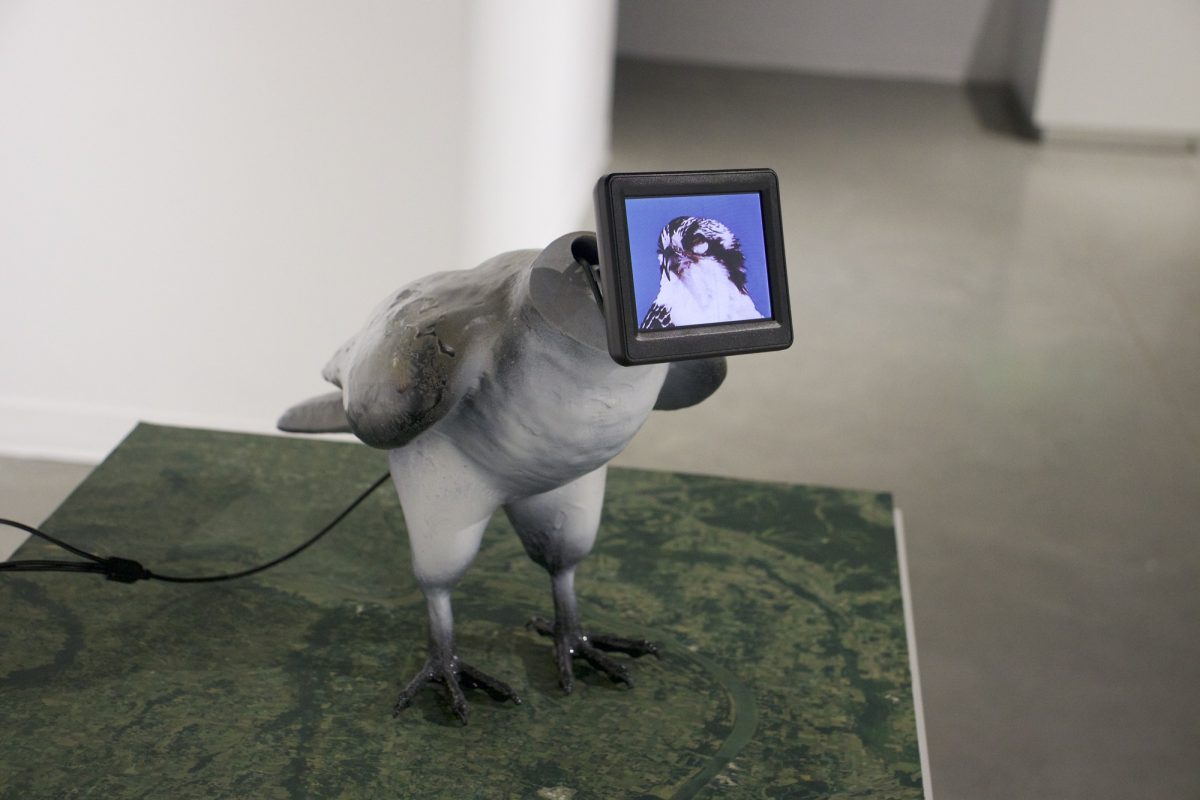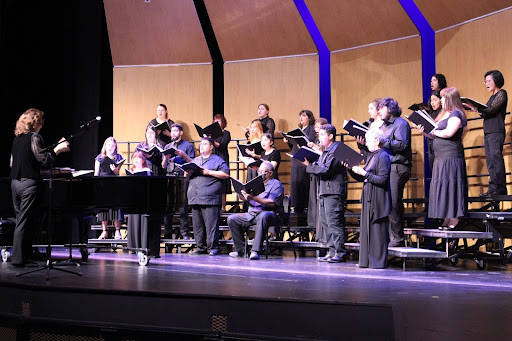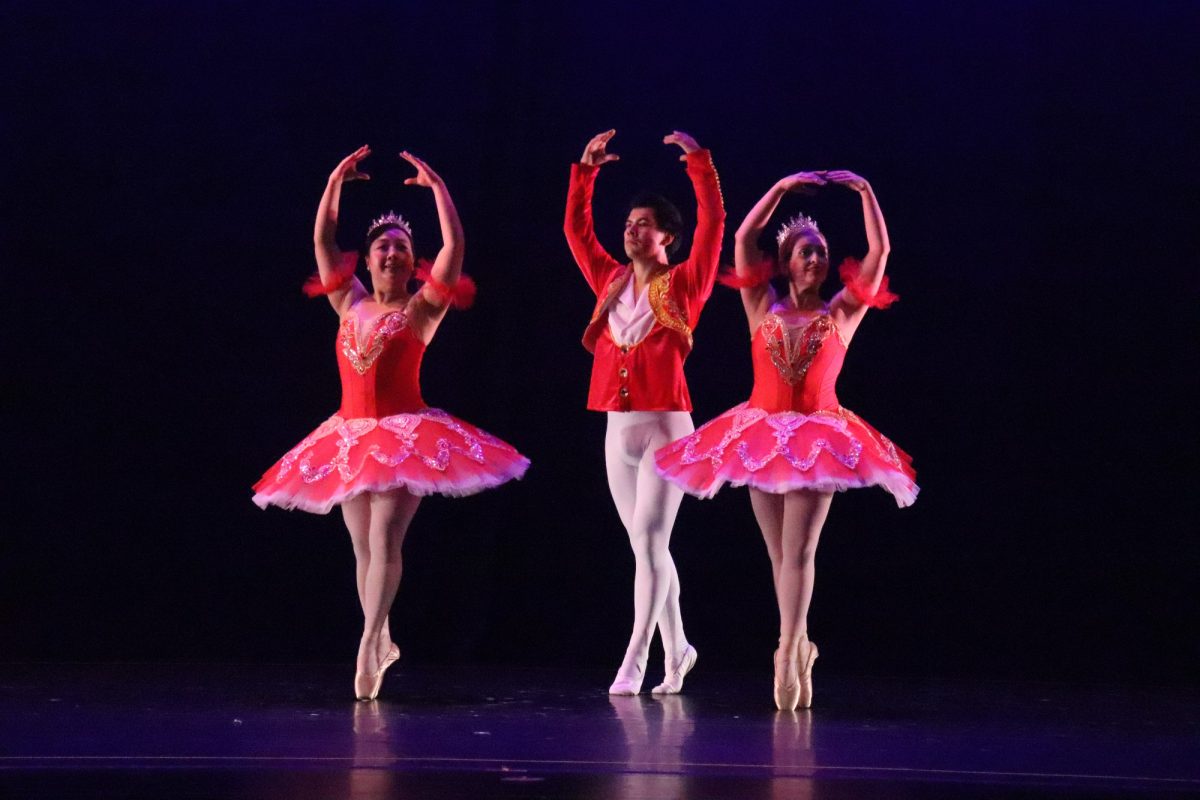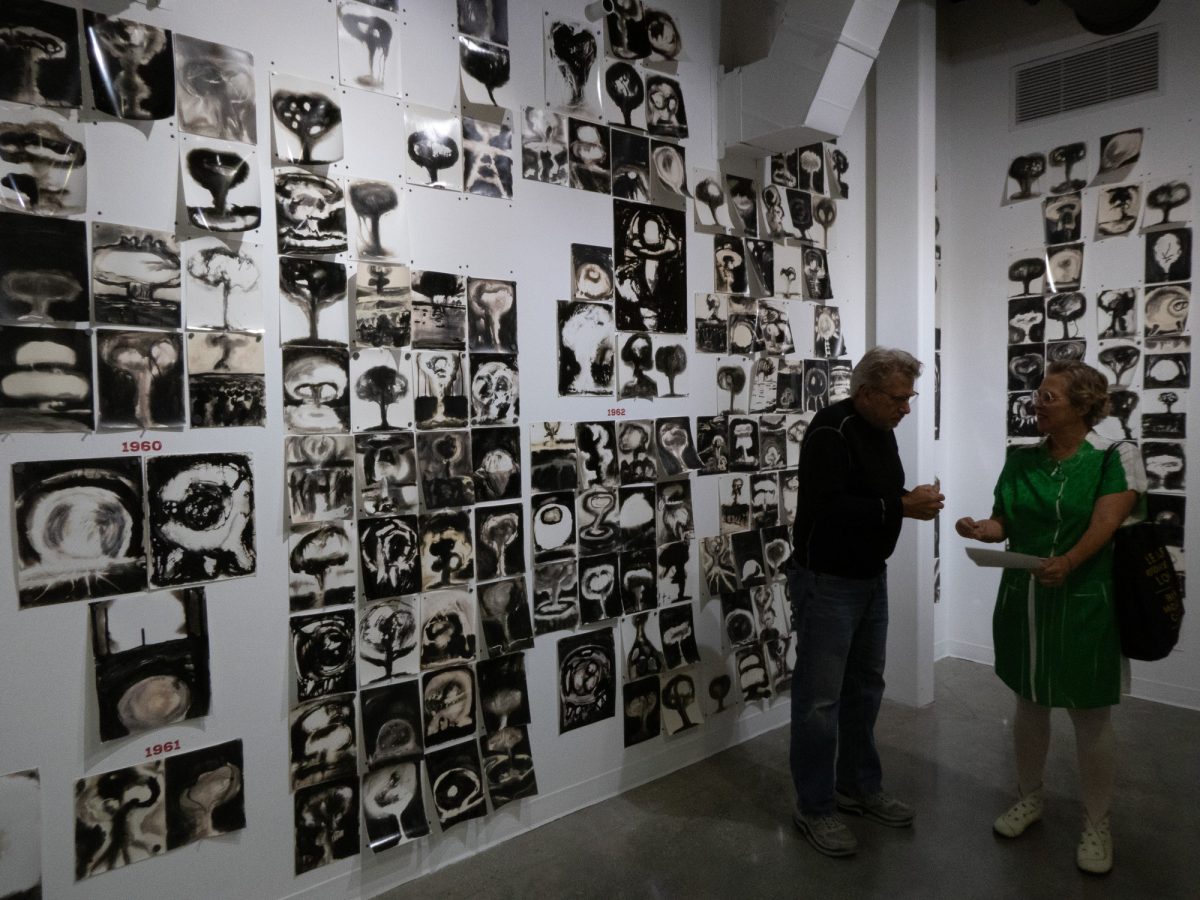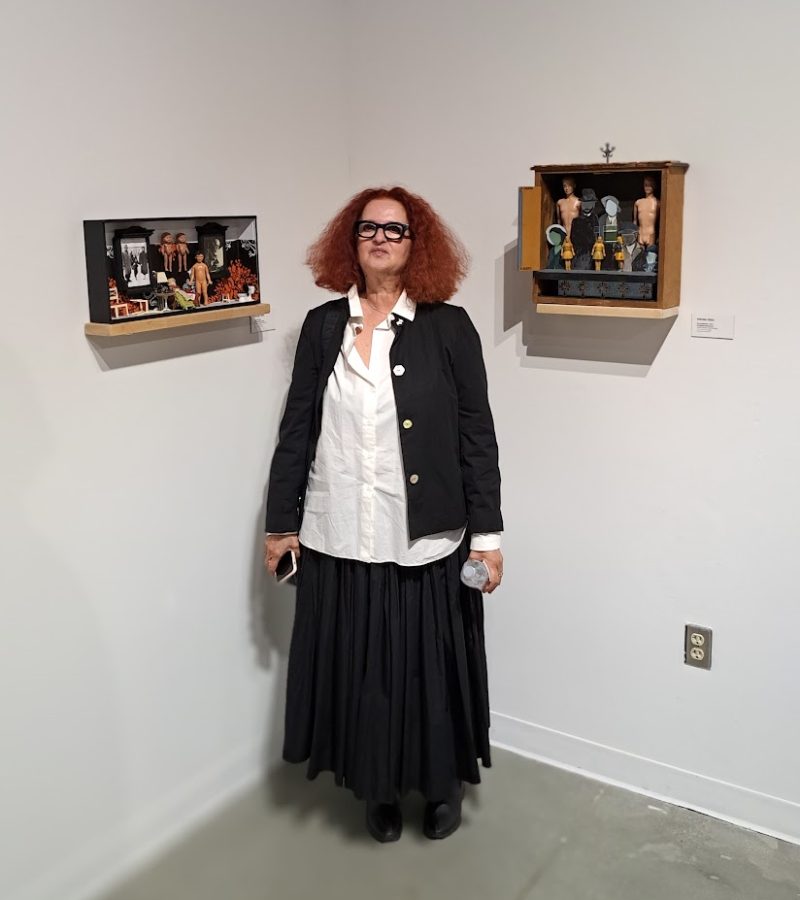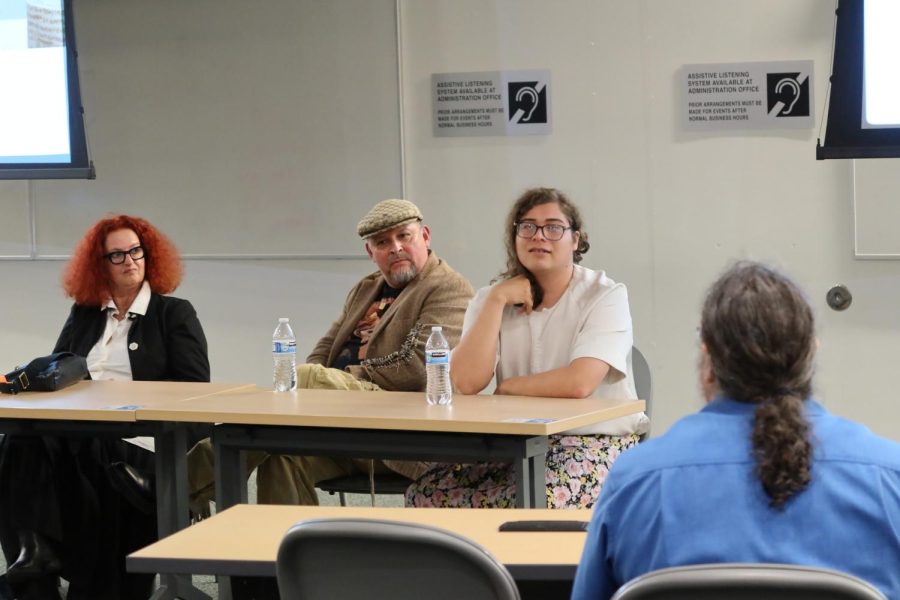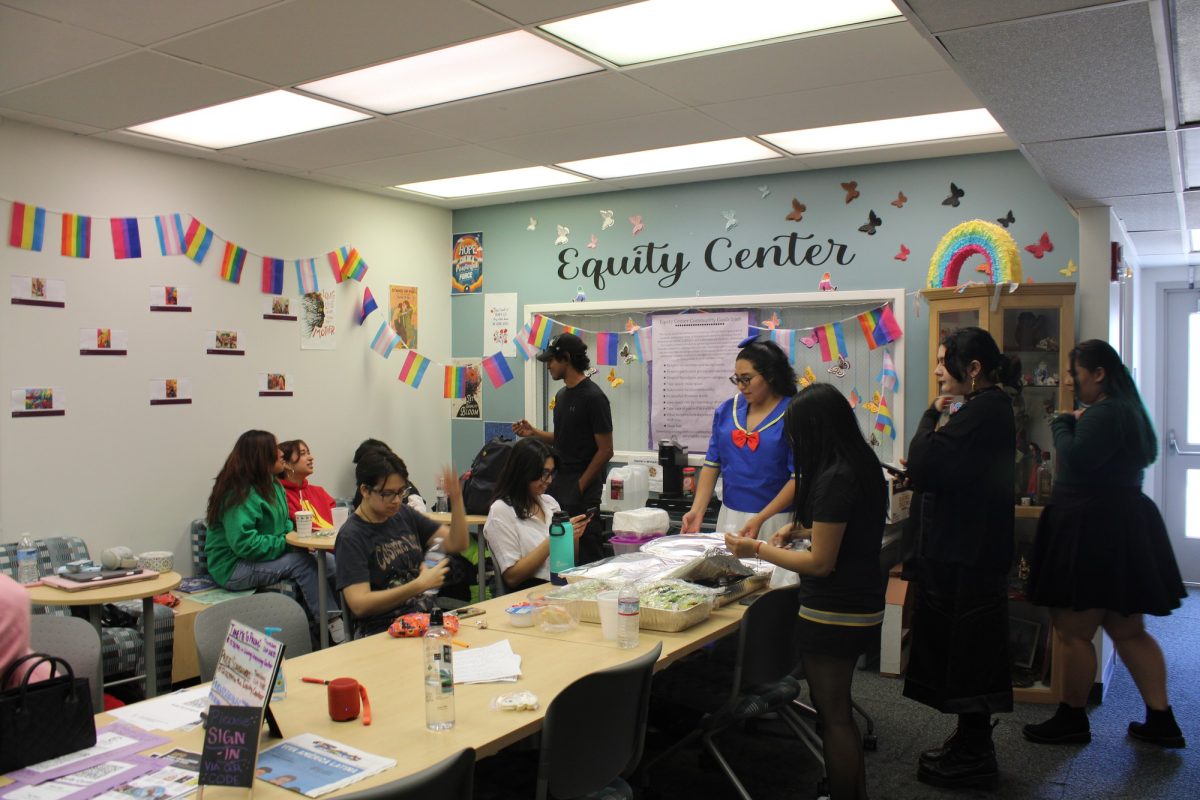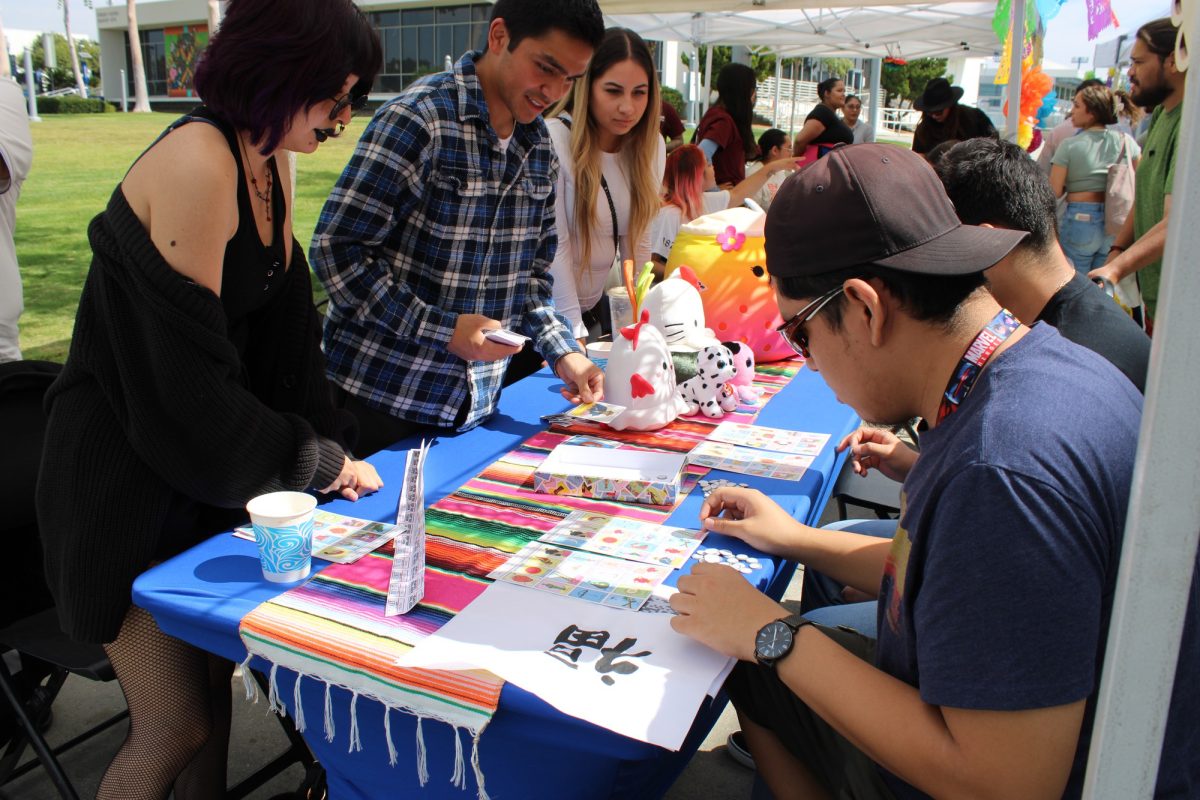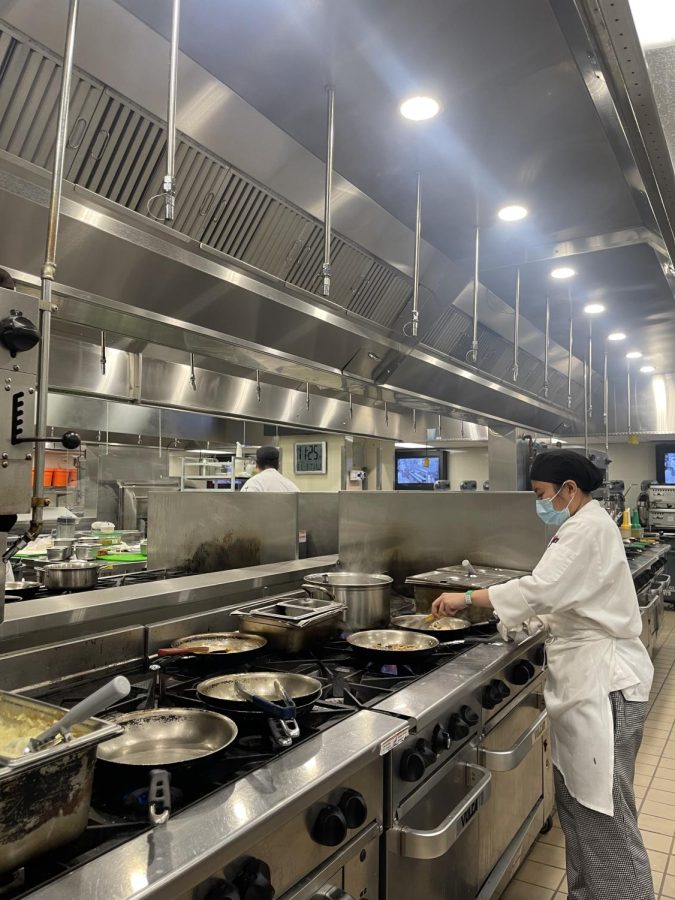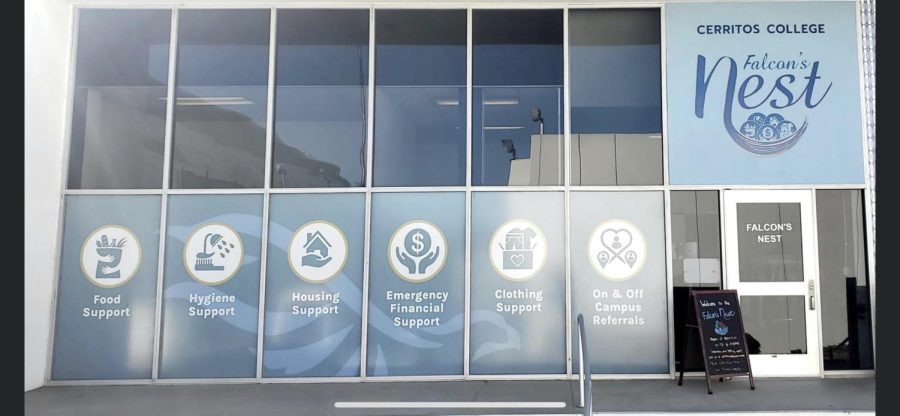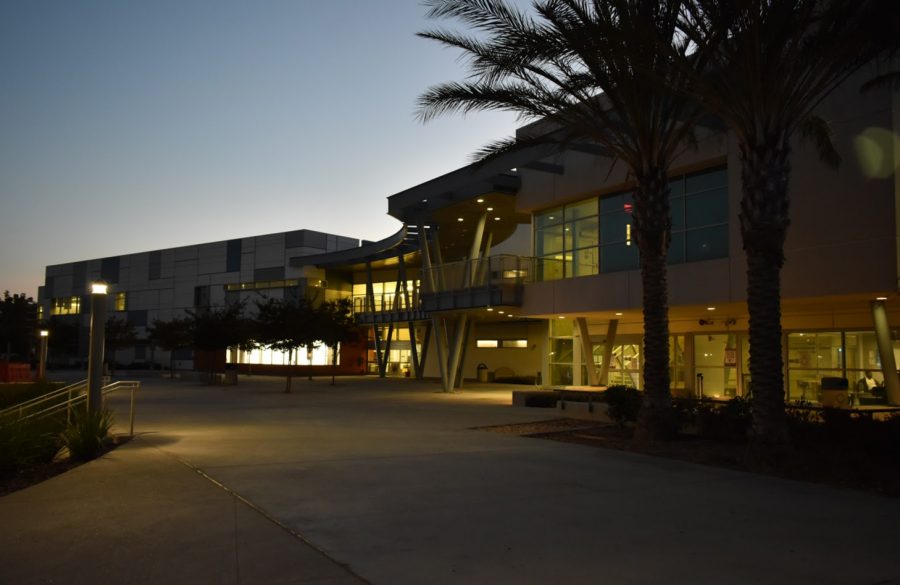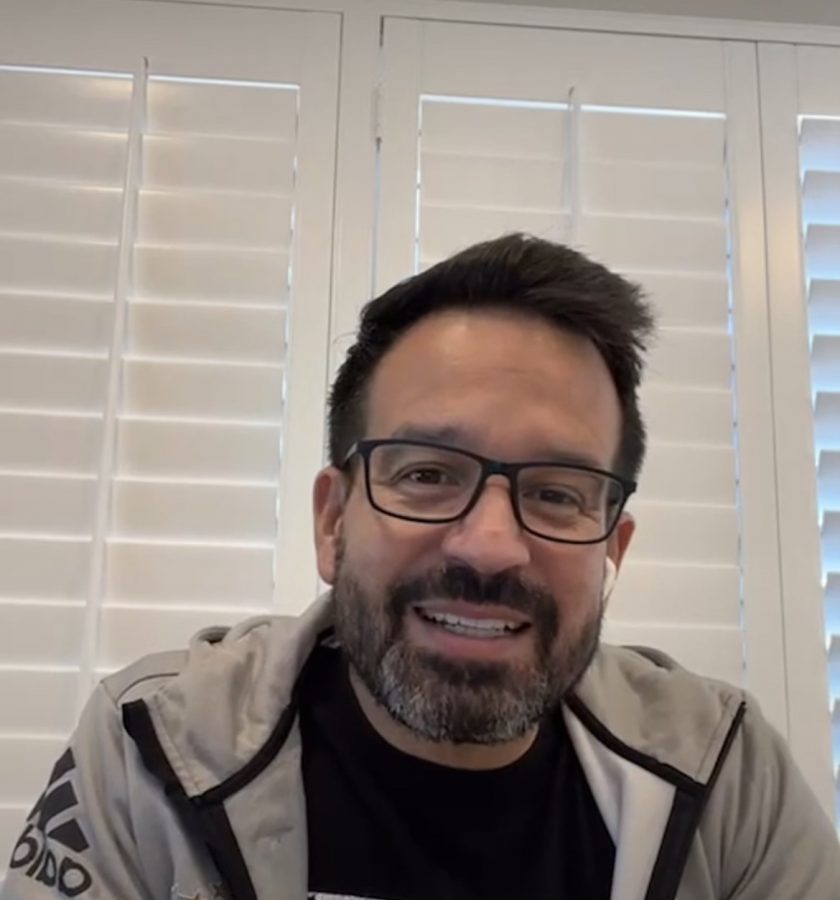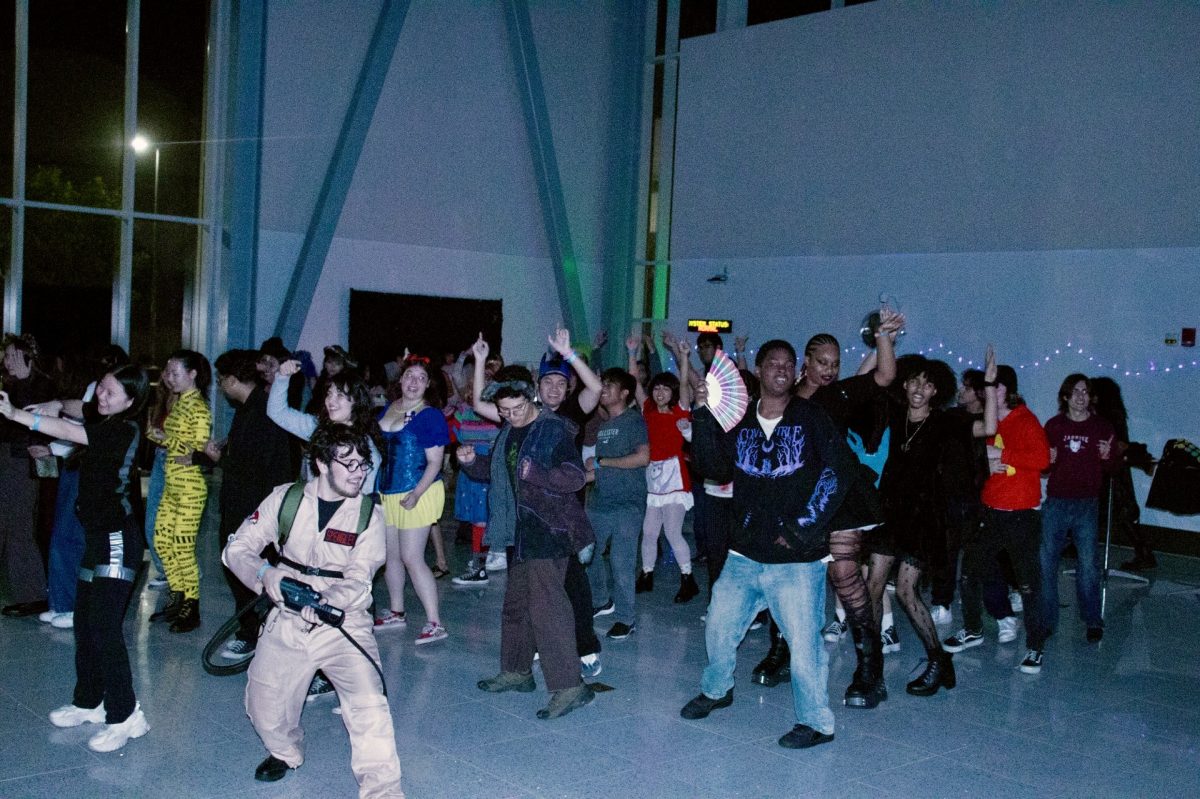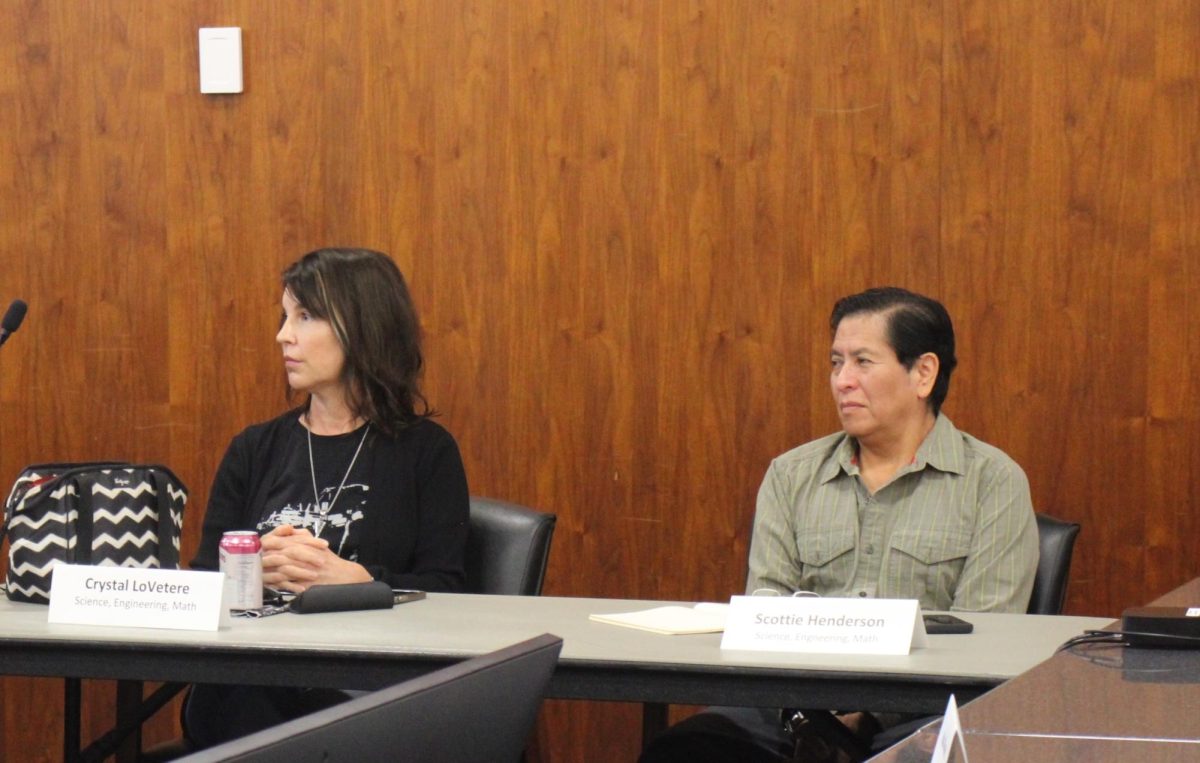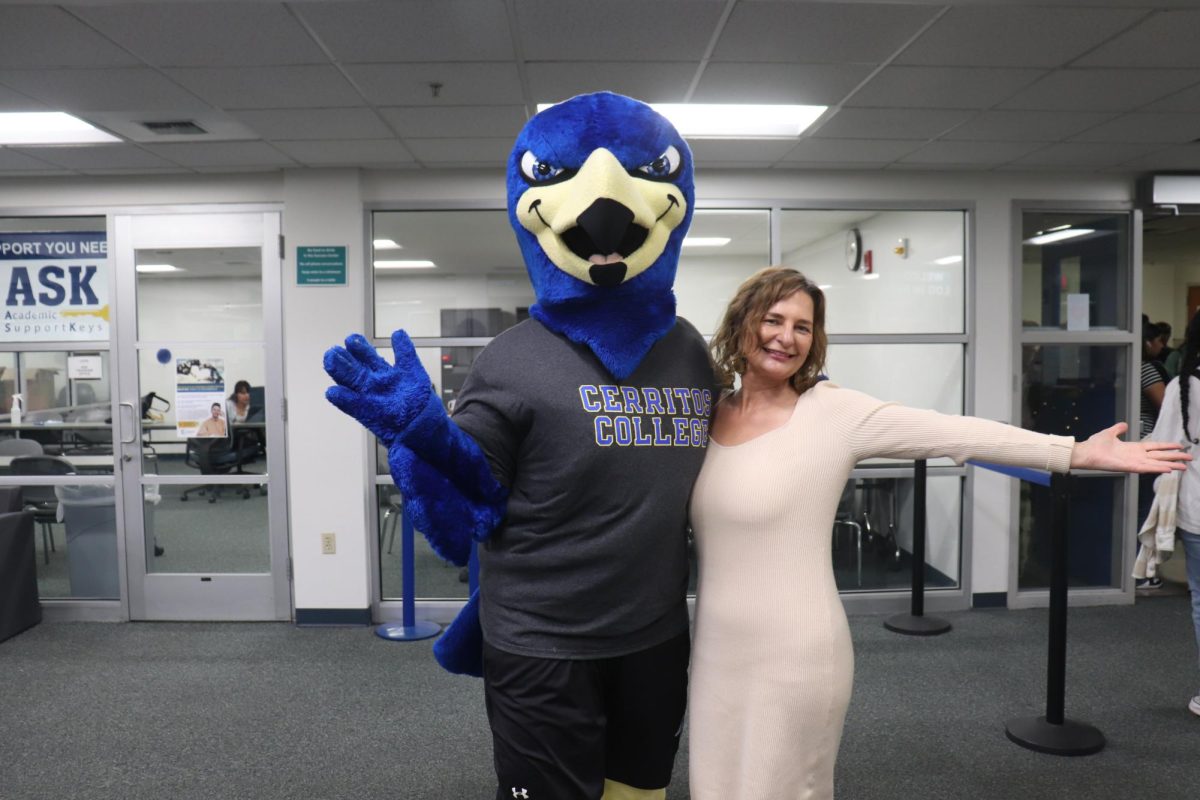On Nov. 26, 2012, a special Artists Talk session was held in the Cerritos College Fine Arts Building for the After Image: The Photographic Process exhibition in the art gallery.
Featured guests, Soo Kim and William E. Jones talked about After Image.”
The works in after image, are exemplary symbols of a newly developing media movement.
Born in South Korea, but based in Los Angeles since she was a child, photographer Soo Kim’s life has revolved around her global travels.
Visiting sites such as Dubrovnik, Reykjavik, and Taipei, she later assembles the images produced from these locations and transforms them into lacy, semi-sculptural wall installations that exist simultaneously as both representation and metaphor.
She cuts out architectural features from the photographs, sometimes signage, and sometimes whole volumes, such as walls and roofs, which transforms entire city blocks back into the potentiality of an incomplete construction site. Kim then layers one photograph atop another, creating unusual and unexpected juxtapositions, which inevitably slows down the photographic viewing experience.
She explained both the long shadows and the empty streets, which, of course, only adds to an already jarring viewing experience.
“From the standpoint of perceptual phenomenology, an after-image is experienced as an image that continues to appear in one’s vision after the original exposure has ceased,” Soo said.
American Filmmaker William E. Jones, for “Killed,” was also featured in this exhibition.
Jones conducted research at the Library of Congress on the famous Farm Security Administration photo-archive.
Ignoring the more prominent images, Jones began an investigation of the rejected photos.
These negatives had been unceremoniously “killed” by the autocratic head of the FSA’s photo bureau, aptly named Roy Stryker.
Using a hole punch, Stryker registered his disapproval by puncturing the negative.
In Jones’ simple, yet powerful interpretation of this rejected archive, the dark hole from the destroyed negative becomes an active and persistent character against the hypnotically syncopated backdrop of rapidly looping photographs; once killed and now brought dynamically back to life.
William said, “Meaningful signification has been subsumed by formal repetition and the after-image effect, it seems, is decreasingly the result of an affective reaction to mere representation, however abject or desirous that content might be for the viewer.”
James MacDevitt, director and curator said, “A lot of students who are taking the art class or studio class came to the art talk. It’s important to sort of see professional artists. It allows students to have that kind of model for themselves on the campus.”
Finance major Kimberly Batson said, “My friend told me this was going on. I had seen the gallery earlier so, I know I am familiar with the artist’s work. I found it to be interesting, that’s why I came here. It’s one thing to see an artist’s work by yourself, but then to get inside what’s going on in their mind when they’re making it is really good.”
The Cerritos College Art Gallery presents rotating exhibitions highlighting the work of emerging and mid-career artists. In support of exhibitions, the Cerritos College Art Gallery also regularly hosts workshops, lectures and performances.
The next Artist Talks will be with participating artists Christopher Russell and Matthew Brandt on Dec. 3 in FA 43 from 4-5p.m.


